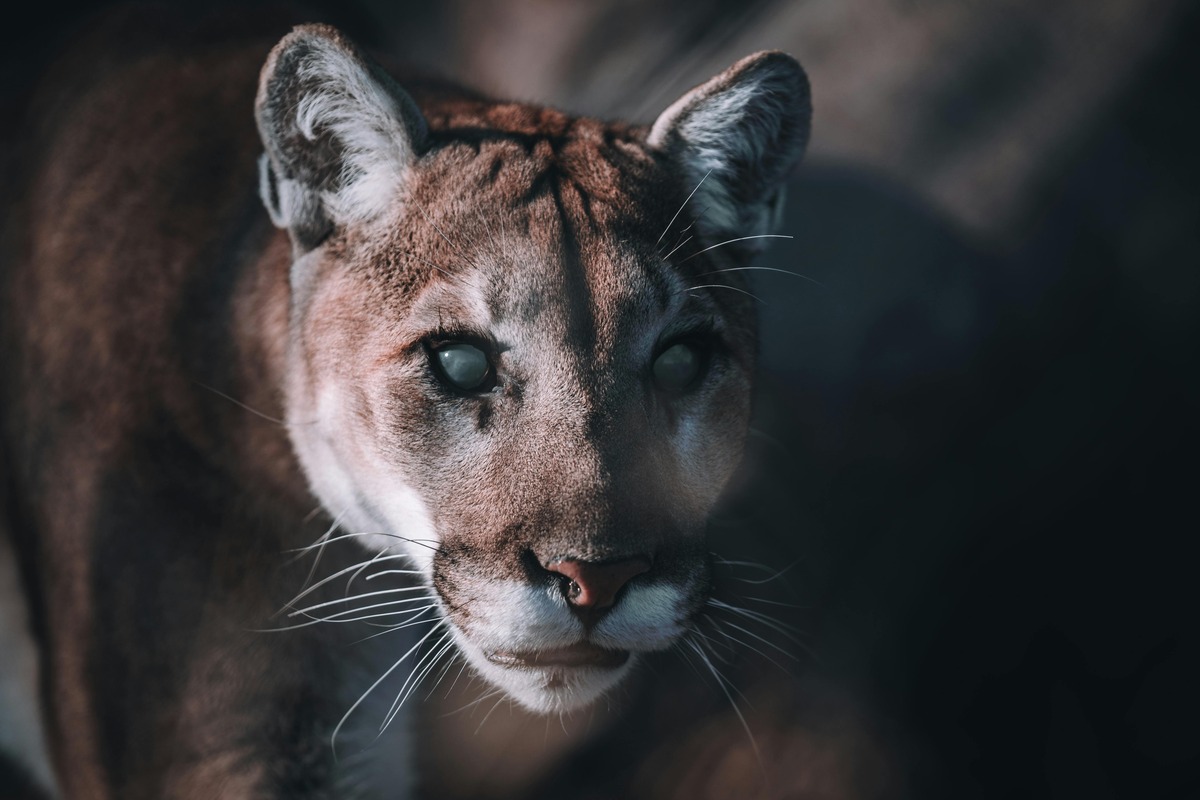6 Unique Wild Cats of North America – And the Risks of Trying to Tame Them
North America is home to a fascinating array of wild cats, each with its own distinct characteristics, behaviors, and ecological roles. These wild cats, from the majestic mountain lion to the elusive bobcat, play an important role in maintaining the balance of ecosystems across the continent. However, despite their allure and beauty, wild cats are not domesticated animals, and trying to tame them can lead to serious risks for both humans and the animals themselves. Here’s a closer look at some of the most unique wild cats in North America, along with the risks of attempting to tame them.
1. Mountain Lion (Puma)
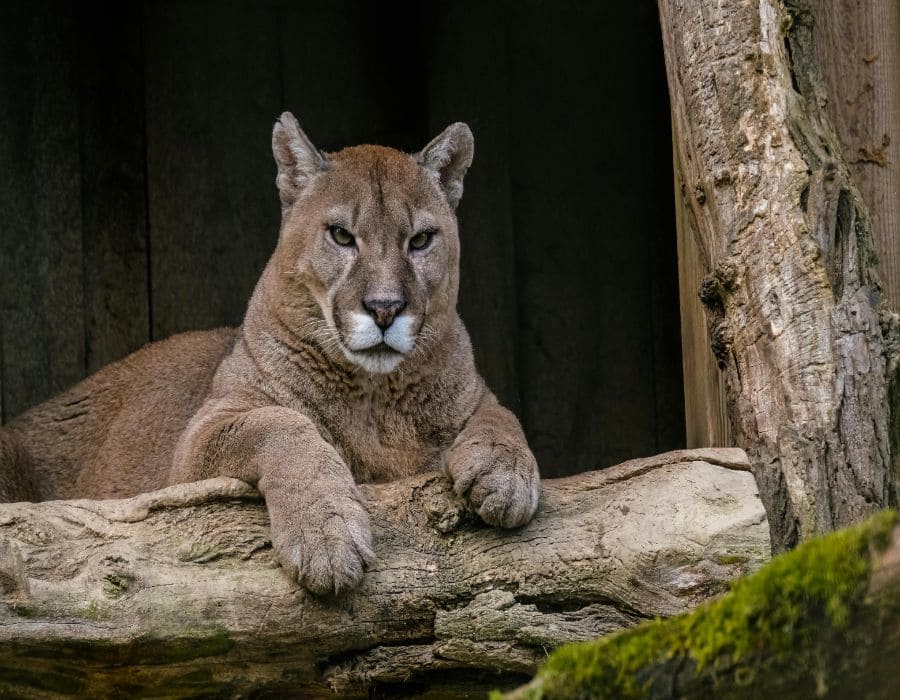
The mountain lion, also known as the cougar, puma, or panther, is the largest wild cat in North America. These cats are highly adaptable, living in forests, grasslands, and even urban areas. They are solitary animals, known for their powerful build, keen eyesight, and stealthy hunting techniques. Mountain lions are top predators and primarily hunt deer, elk, and other large mammals.
The Risk of Taming a Mountain Lion:
Mountain lions are wild by nature and are not suited for domestication. Their strength, agility, and solitary nature make them difficult to manage in captivity. Even if raised in captivity, mountain lions can display aggressive behavior as they mature. Their hunting instincts remain intact, and they can pose a significant danger to humans and other animals. Taming a mountain lion is not only illegal in many places but also dangerous due to their unpredictable behavior and need for space and freedom.
2. Bobcat
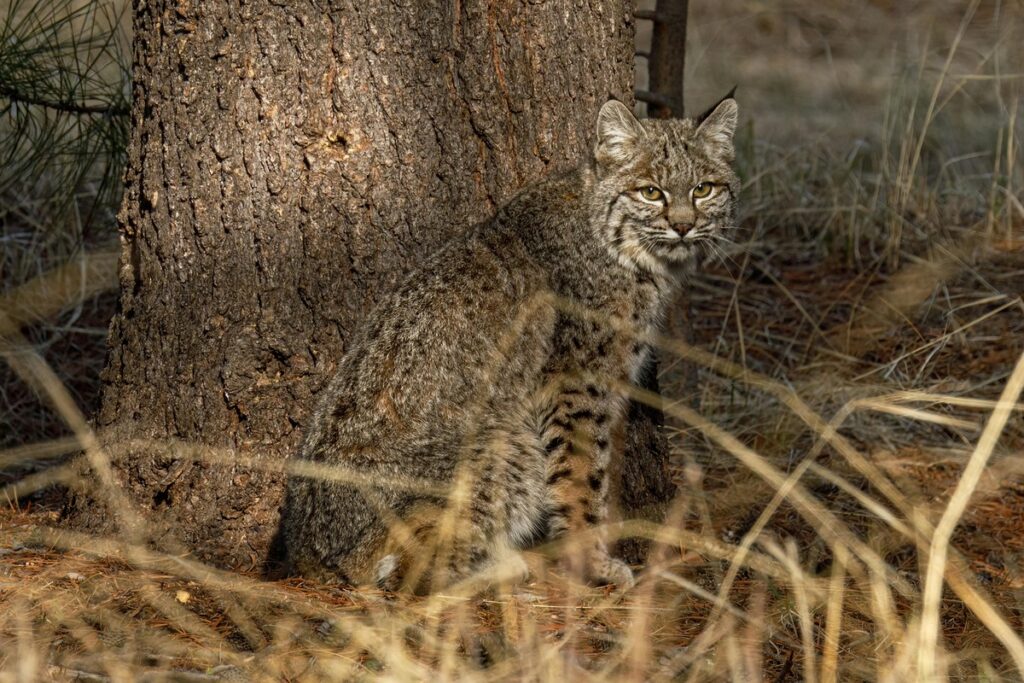
The bobcat is a medium-sized wild cat that is commonly found across North America. Known for their distinctive tufted ears and short tail, bobcats are incredibly agile and skilled hunters. They thrive in a wide variety of habitats, including forests, deserts, and urban areas, where they primarily hunt small mammals, birds, and reptiles.
The Risk of Taming a Bobcat:
While bobcats may appear to be more manageable than larger wild cats, they are still wild animals. Bobcats are highly territorial and can become aggressive if they feel threatened. Although bobcats have been kept as pets in some rare cases, they require specialized care, a large enclosure, and a consistent supply of food to meet their natural hunting instincts. Attempting to tame a bobcat can lead to dangerous behavior, including scratching, biting, and stress-induced aggression. Furthermore, bobcats are not legally allowed as pets in many places due to the difficulty in meeting their needs and the danger they present.
3. Jaguarundi
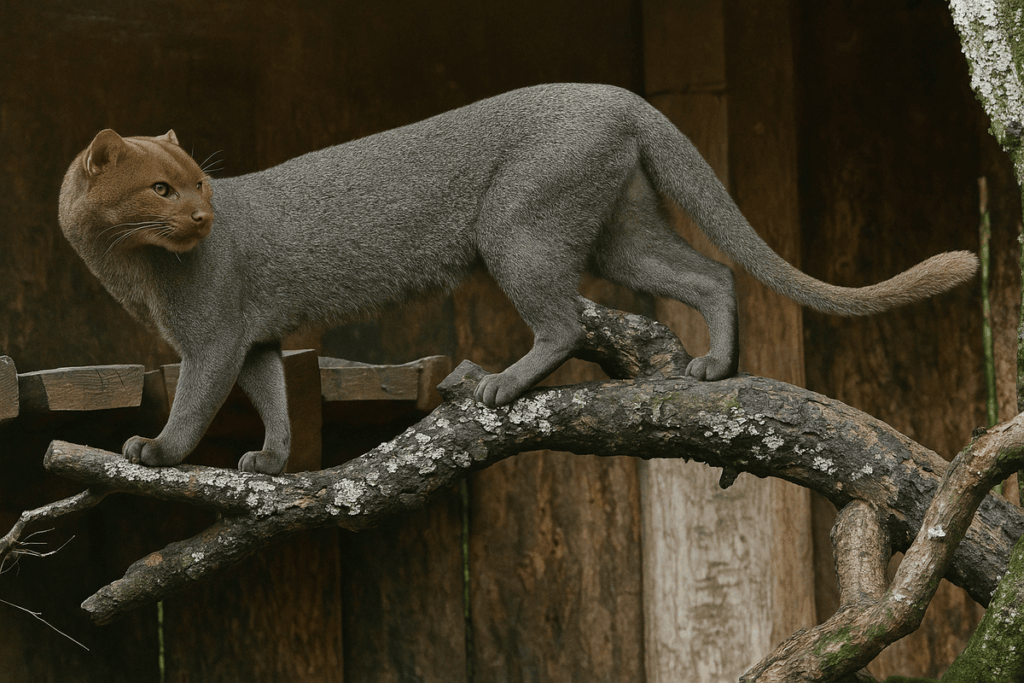
The jaguarundi is a small, sleek wild cat found in southwestern Texas and parts of Mexico and Central America. Known for its long body and short tail, the jaguarundi is an elusive predator that primarily hunts small mammals, birds, and amphibians. Unlike other wild cats, jaguarundis are social and may live in groups or pairs rather than being solitary.
The Risk of Taming a Jaguarundi:
Jaguarundis are incredibly shy and territorial animals, and they are not accustomed to human presence. Although they are small compared to mountain lions or jaguars, jaguarundis are still wild and dangerous animals. They are extremely hard to tame and, like other wild cats, can exhibit aggressive tendencies when stressed or threatened. Attempting to domesticate a jaguarundi can result in injury to the handler and potential harm to the animal, as they require specific care and a large natural environment to thrive.
4. Canadian Lynx
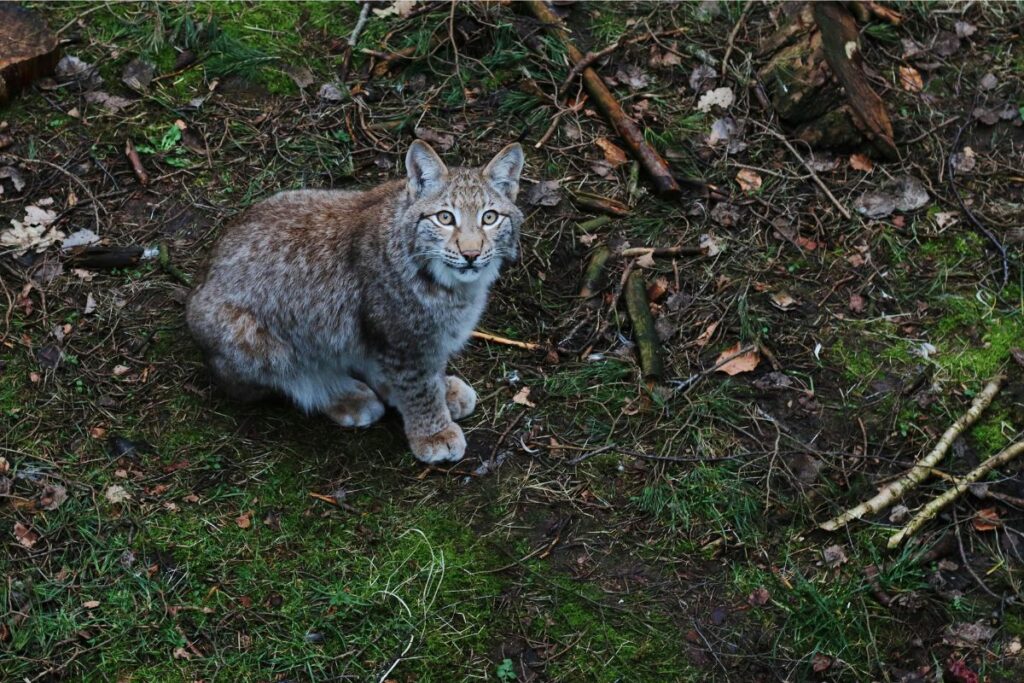
The Canadian lynx is a medium-sized wild cat found in the forests and tundra of Canada and parts of the northern United States, especially Alaska and the northern Rocky Mountains. Known for their large paws, which help them navigate snow, and their distinctive tufted ears, the Canadian lynx primarily preys on snowshoe hares. These cats are solitary, elusive, and skilled hunters.
The Risk of Taming a Canadian Lynx:
The Canadian lynx is not suited for life in captivity due to its territorial behavior and independence. Even though they are smaller than some other wild cats, lynx are still powerful predators with sharp claws and strong jaws. Taming a lynx would require extensive training and a highly secure environment. They are also more likely to exhibit aggressive behavior toward humans and other animals. The effort to domesticate a lynx can lead to stress and injury for both the animal and its owner.
5. Florida Panther
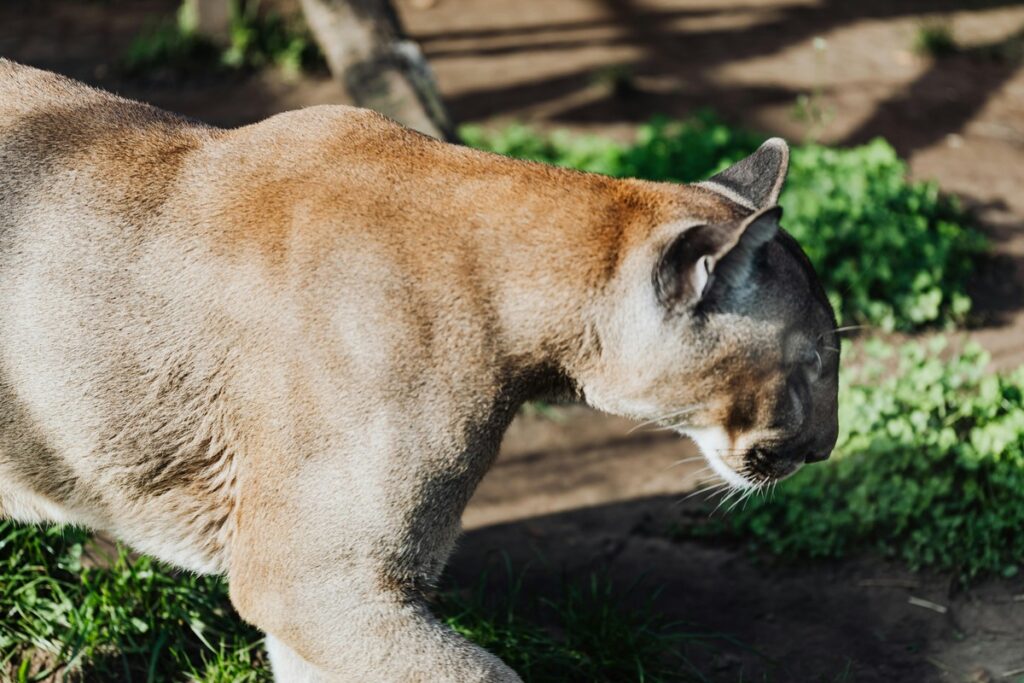
The Florida panther is a critically endangered subspecies of mountain lion that lives in the forests and wetlands of southern Florida. Known for its distinctive coat and long tail, the Florida panther is a powerful predator that preys on white-tailed deer, wild hogs, and small mammals. Due to their endangered status, these cats are under strict protection and monitoring by wildlife authorities.
The Risk of Taming a Florida Panther:
Attempting to tame a Florida panther is illegal due to their endangered status and the dangerous consequences it can have for both the animal and humans. These cats have a strong territorial instinct and a powerful drive to hunt. Like other wild cats, they can be aggressive if they feel threatened or cornered. Conservation efforts focus on protecting these animals in their natural habitats, and attempts to domesticate them are detrimental to their survival and well-being.
6. Cougar (Mountain Lion)
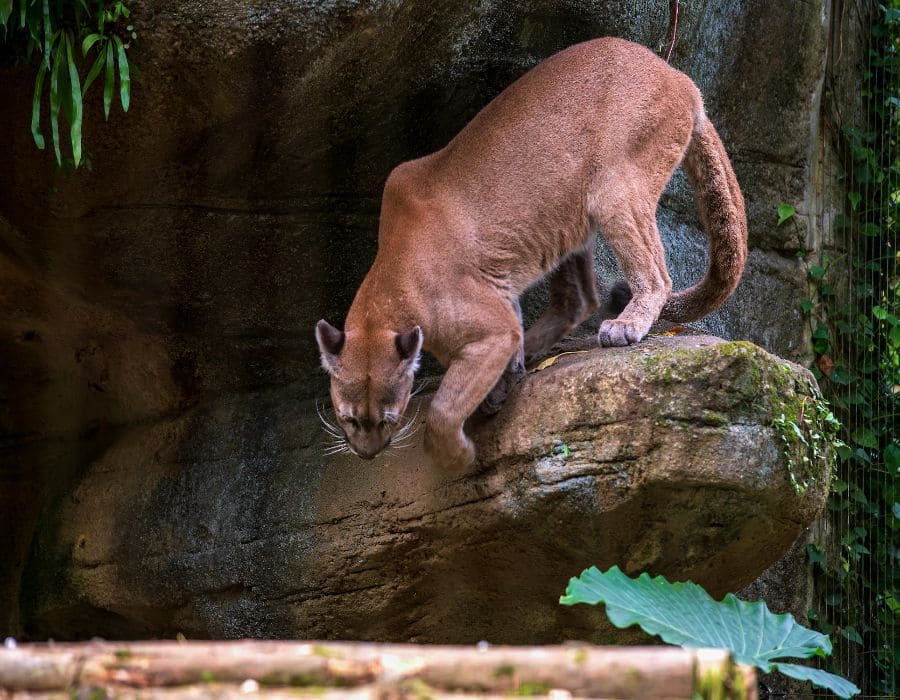
The cougar, also known as the mountain lion, puma, or panther, is one of the most widespread and versatile wild cats in North America. Found from Canada to South America, the cougar is a solitary and powerful predator, capable of bringing down prey much larger than itself, such as deer or elk.
The Risk of Taming a Cougar:
Similar to the mountain lion, cougars are highly territorial and dangerous. Attempting to domesticate a cougar can be very risky due to their size, strength, and wild instincts. Even if raised in captivity, cougars can display aggressive behavior as they reach adulthood. Their powerful hunting instincts and territorial nature make them impossible to fully tame, and their behavior can be unpredictable, leading to potential harm to humans and other animals.
The Risks of Taming Wild Cats
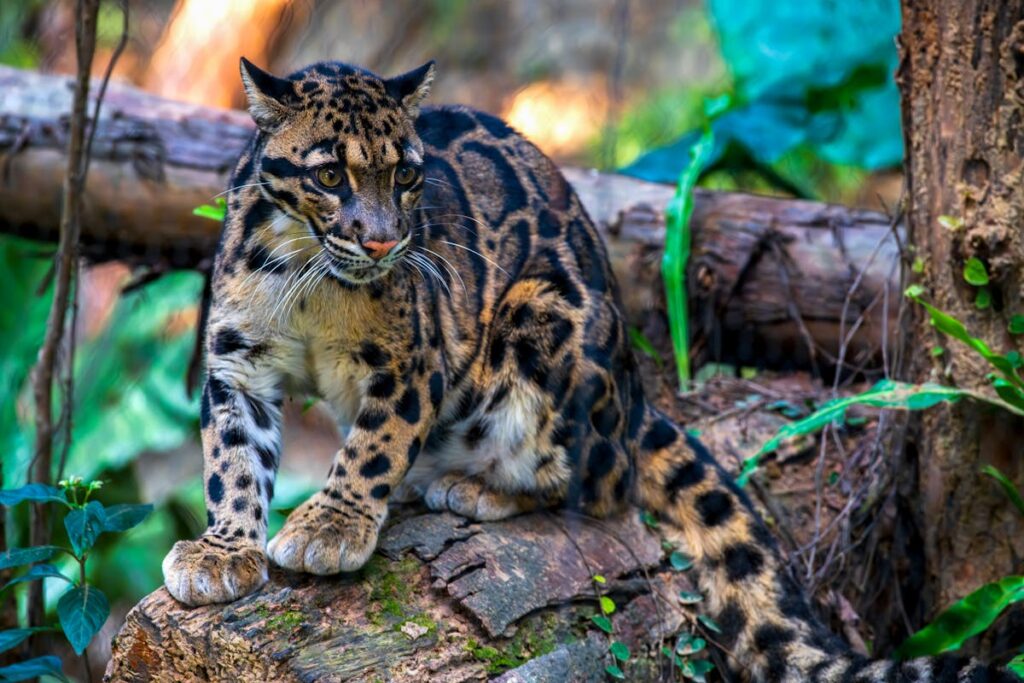
While these wild cats are fascinating, attempting to tame them comes with numerous risks. Wild animals, including the ones listed above, are not meant to be pets. They have evolved to live in the wild, where they can hunt, roam, and exhibit natural behaviors. Bringing them into captivity or attempting to tame them is not only dangerous for humans but also detrimental to the well-being of the animal.
Wild cats are independent, territorial, and have instincts that cannot be suppressed or altered. These animals require space, freedom, and the ability to express their natural behaviors. Taming them can lead to stress, aggression, and a decrease in their quality of life. It is essential to respect their role in the ecosystem and work to protect them in their natural habitats, rather than attempting to domesticate them.
Conclusion
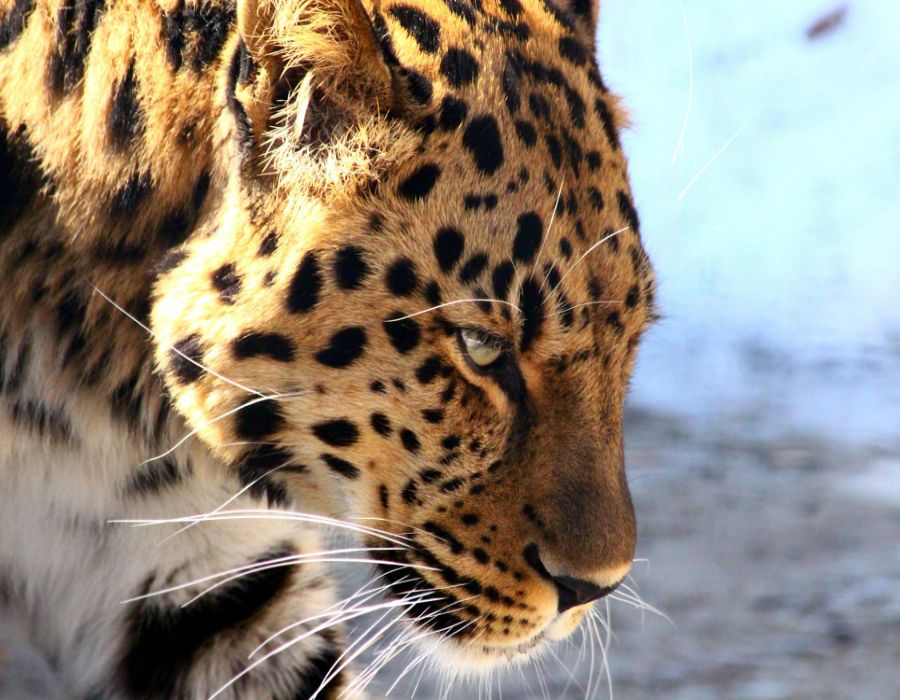
While the idea of taming a wild cat may be tempting due to their beauty and mystique, it’s essential to understand that these animals are wild by nature. From the majestic mountain lion to the elusive bobcat, North America is home to some incredible wild cats that deserve to live freely in their natural environments. Rather than attempting to tame them, we should focus on protecting these species and respecting their place in the wild. Understanding the risks involved in taming wild cats helps ensure both their safety and ours, preserving their natural beauty for generations to come.

